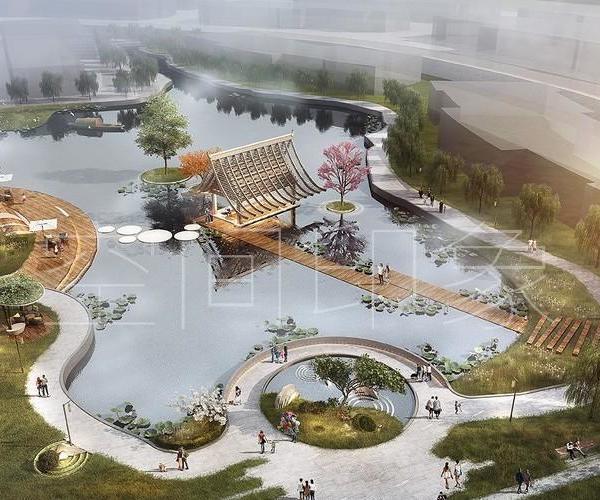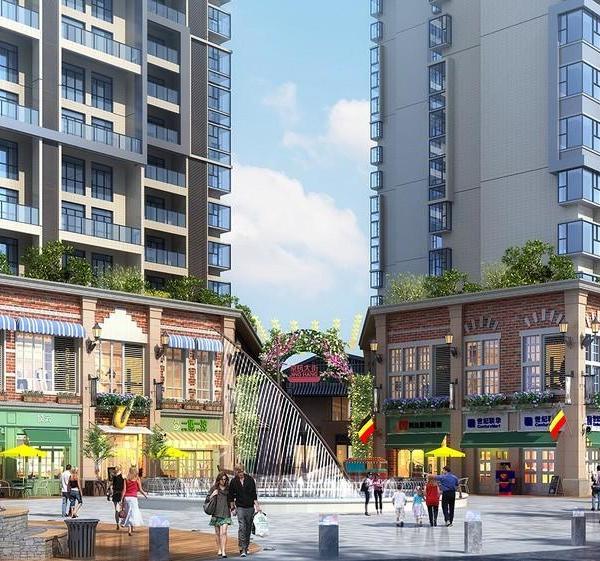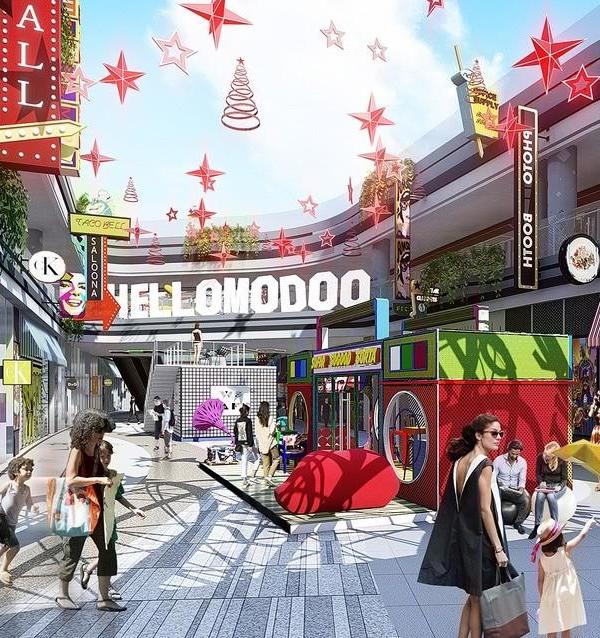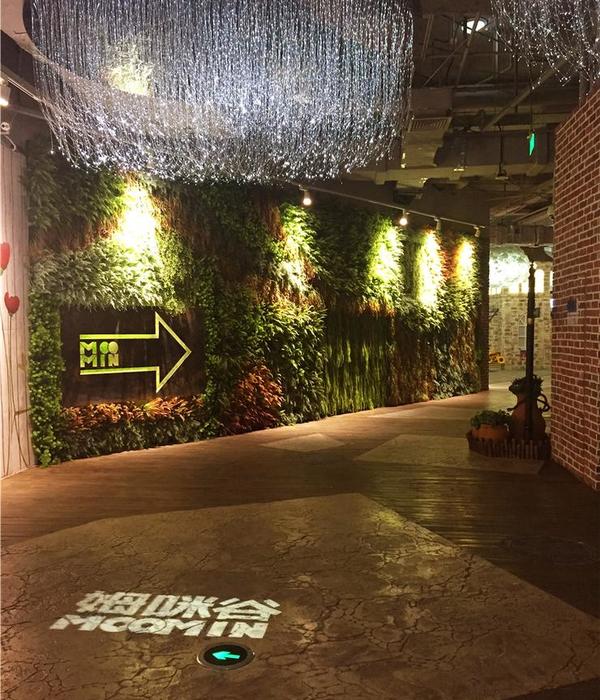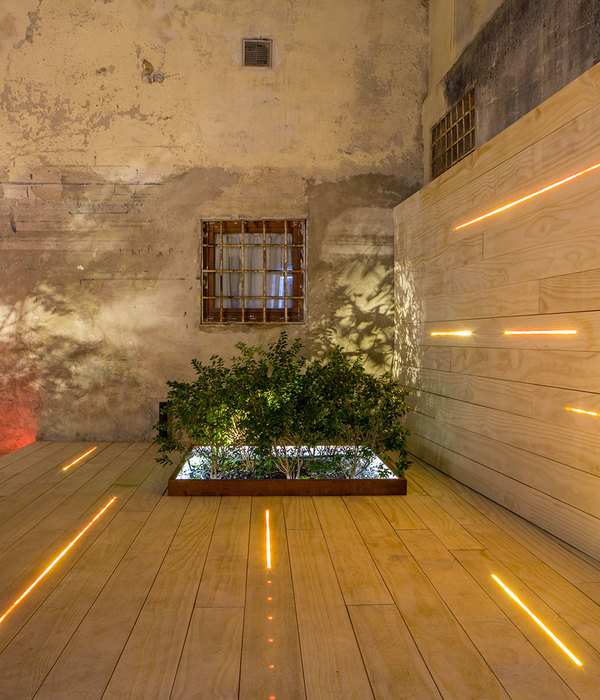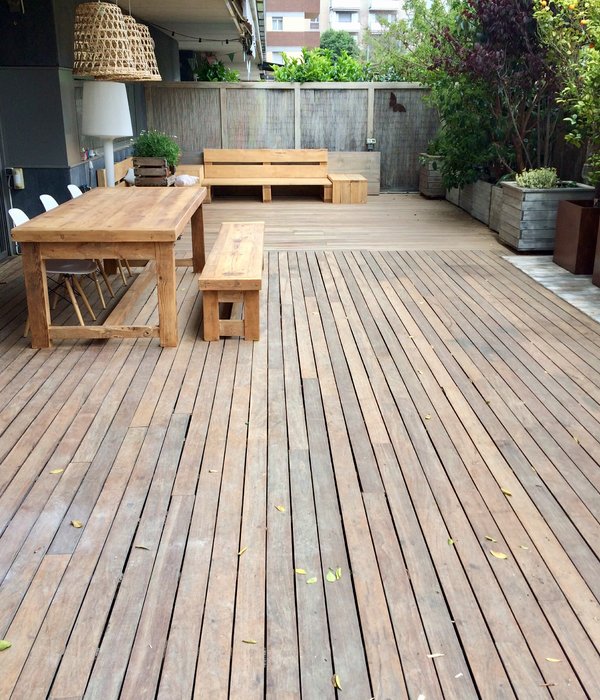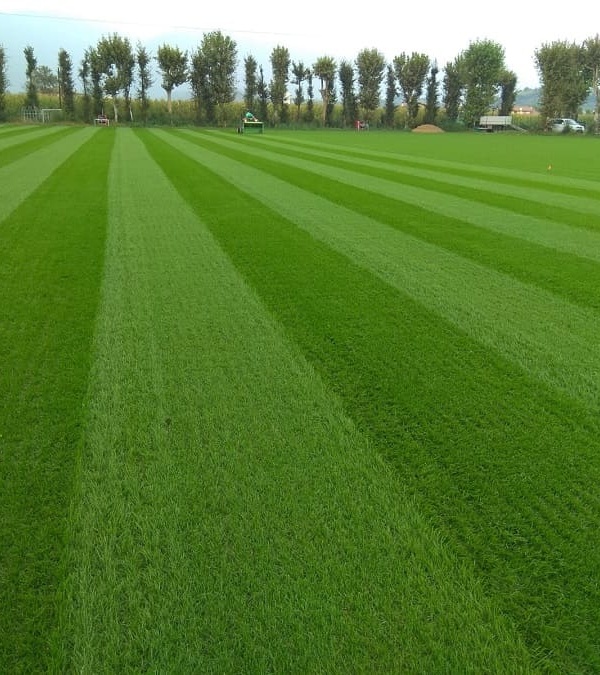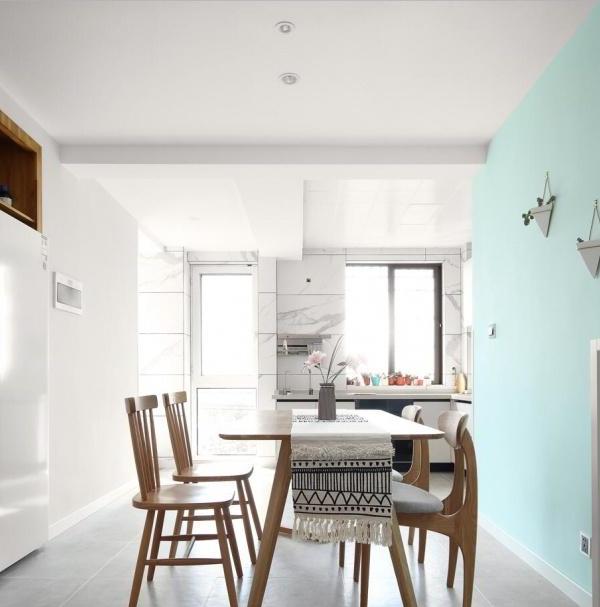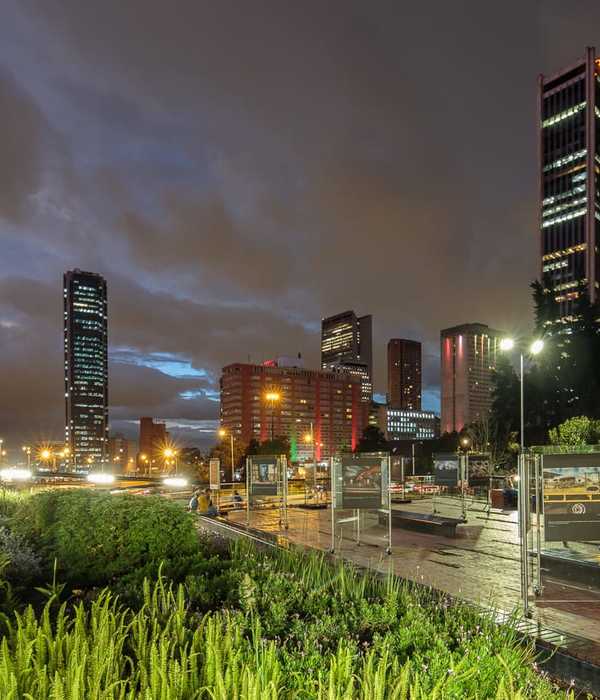URBAN LIVING ROOMS investigates the possibility of a territorial size scale project with the intention to enhance, at their most, the opportunities offered by a similar area, in creating a high-quality, abundantly equipped settlement, available to a large range of potential users and beneficiaries. The area extension (27 hectares), its nearness to the city centre make this place an exceptional site, from where to start a recoil in planning the expansion of the city. This way the city becomes enriched in new highly-standardized residential areas, together with spaces, facilities and resources headed in the recreational activities of the whole community.
In URBAN LIVING ROOMS the relationship between architecture and landscape is placed at the very centre of the project.
As a matter of fact, we reckon that the problem to solve is not exclusively a problem of town planning over an extensive area, but of landscape designing of the territory where natural and artificial elements will merge together, as commensurable matters, to originate a recognizable sign.
That new landscape generates a strong identity from the intervention and the place in question, so as to become the very landmark of the territory.
The project area, thus, turns into a continuous equipped park, where recreational and cultural activities, for leisure time, coexist with the residential function. An irregular, polygonal matrix is taken as a mediation system between the organic, fractioned places of natural evidences and a more rational, necessary frame of a urban settlement. That matrix becomes a net of routes and crossings capable to arrange the movements and the activities inside the project area, while it spreads as a net over the closest areas (i.e. the forest, the lakefront, the present fringe of deteriorated zones), putting them into a system. A similar net can either narrow or spread, submitting to following the features of the place, absorbing the pre-existing elements, so making possible the flexibility of a long-term design.
Accordingly, URBAN LIVING ROOMS consists of a sequence of gathered spaces, generated by the polygonal matrix, which arrange and interrelate public and private areas, accomodating activities and functions which change according to their position in the respect of the distinctive features of the area (like Juglas Iela west urban fringe and the forest-screened south-east fringe).
Under the impulse of similar forces, the net modify its shape and the build-up area adapts to the circumstances, maintaining a “plate” profile towards the urban front, while raising progressively and setting on the border of the rings towards the forest.
In conclusion URBAN LIVING ROOMS investigates a urban frame which arranges empties and fillings as a unique matter and which proceeds by landscape fragments, rather than by isolated pieces, handling the matter as a fragmented, complex organism, which however remains a unique whole.
{{item.text_origin}}

